Here we go! Week 7 of the stay-at-home order and I’m thinking about death. How can we not think about it when we read the numbers each day in the news? Keeping…
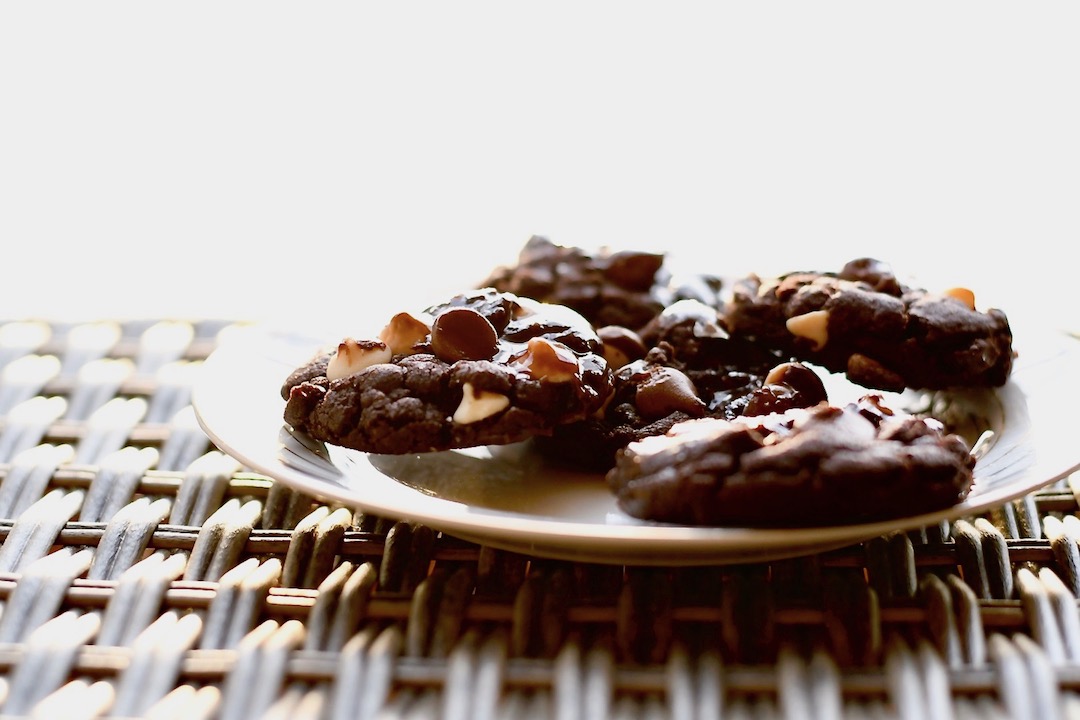

Here we go! Week 7 of the stay-at-home order and I’m thinking about death. How can we not think about it when we read the numbers each day in the news? Keeping…
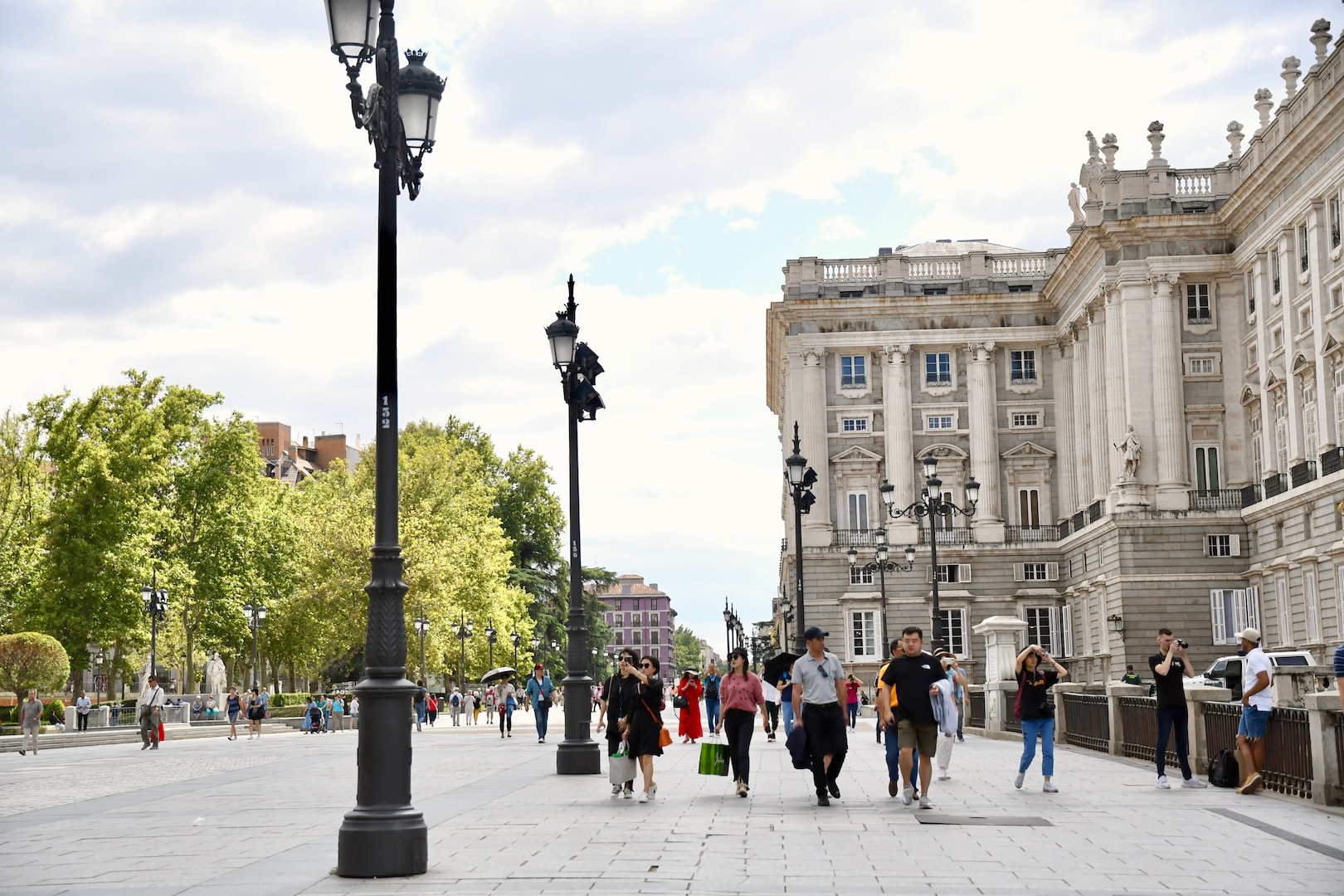
Read about some of my favorite places to eat in Madrid and Granada, Spain. Thanks to James Blick and Devour Tours my travel to Spain was very delicious and I’m able to savor those memories through continued virtual experiences.
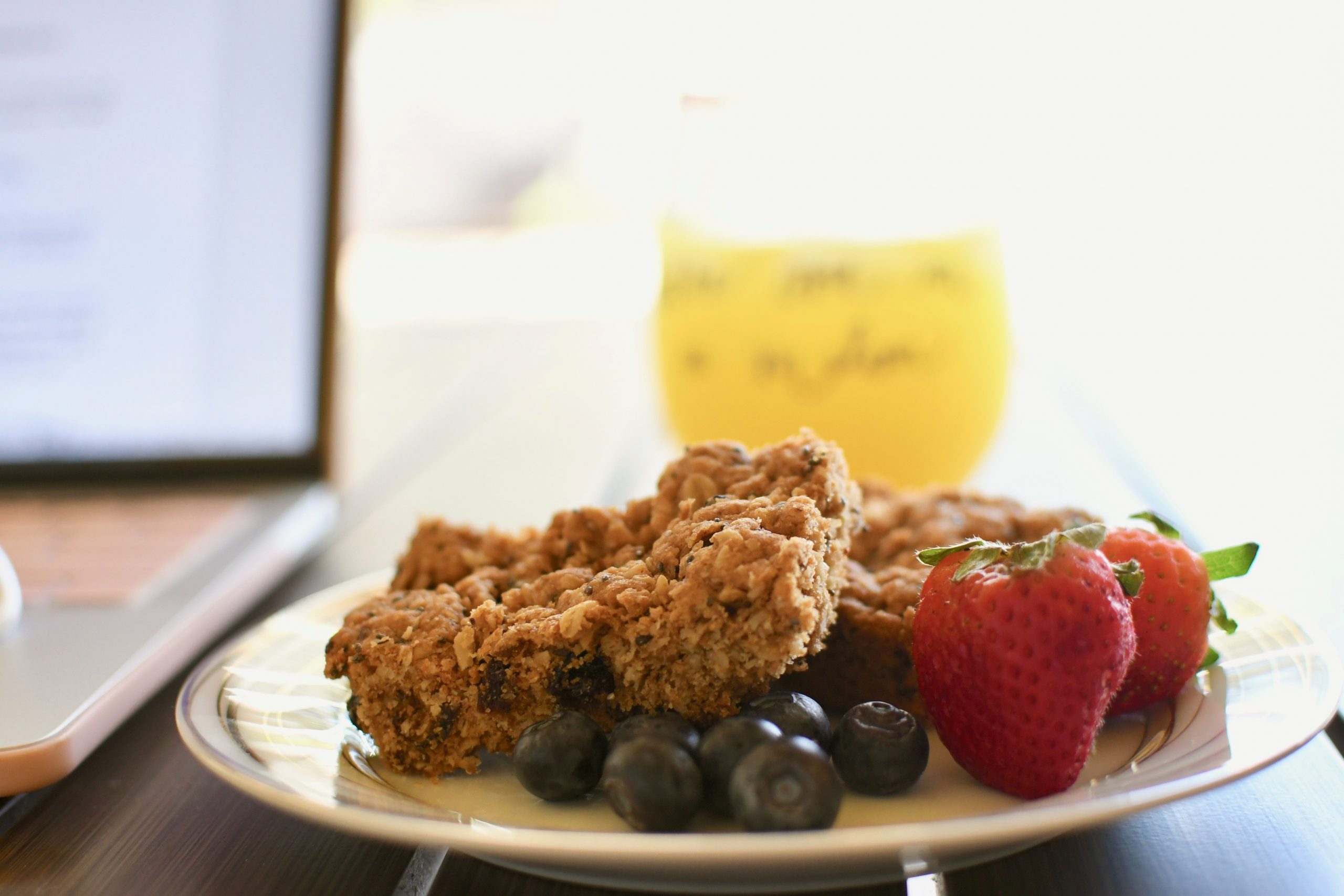
While under at stay-at-home order, here’s a fast, easy and nutritious breakfast for the whole family.
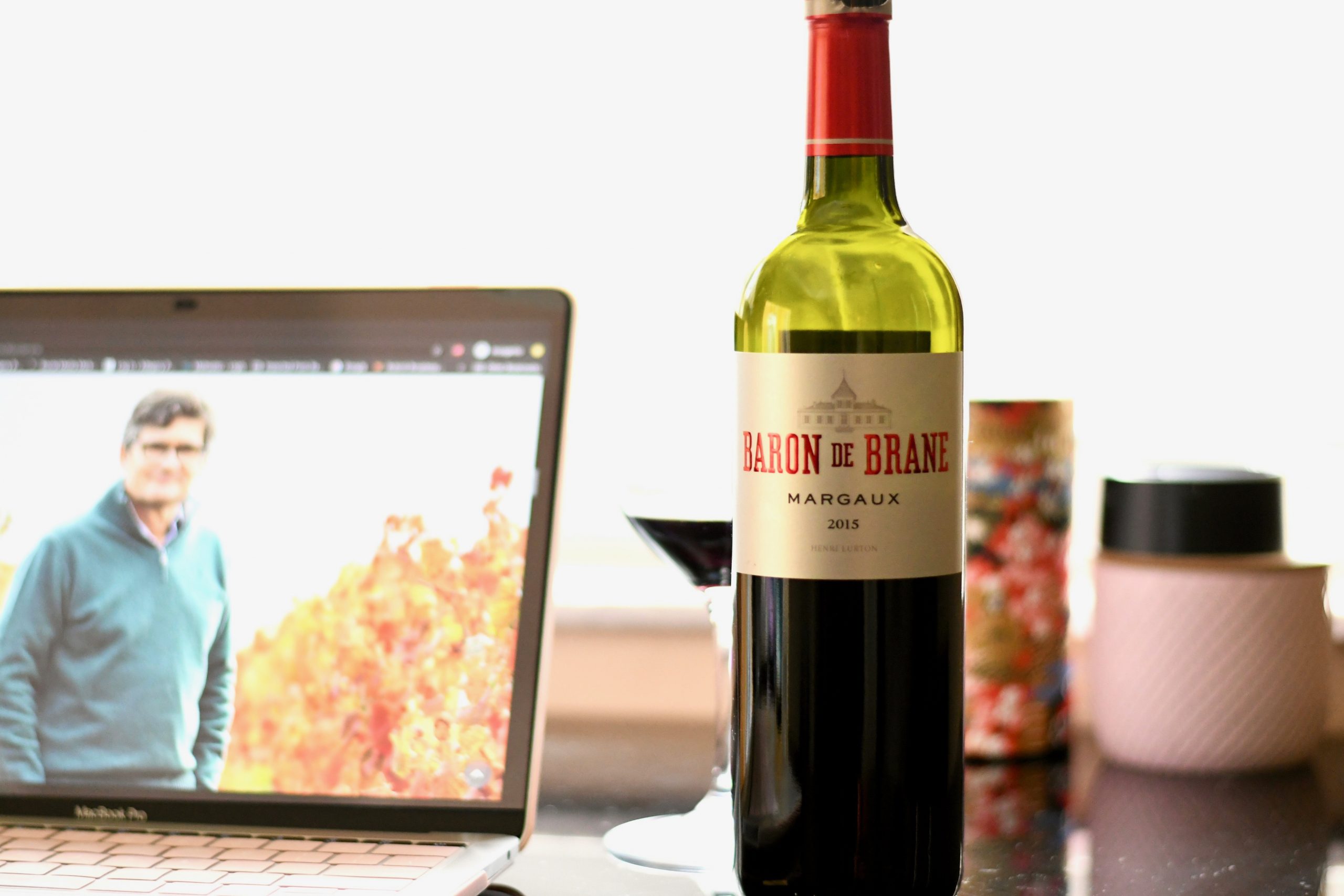
What are wine tasting notes, why are they used and do we really need them? Here’s my take on wine tasting notes.
Some photo highlights of a lunch with Chiara Soldati, owner of La Scolca winery in Piemonte, Italy.
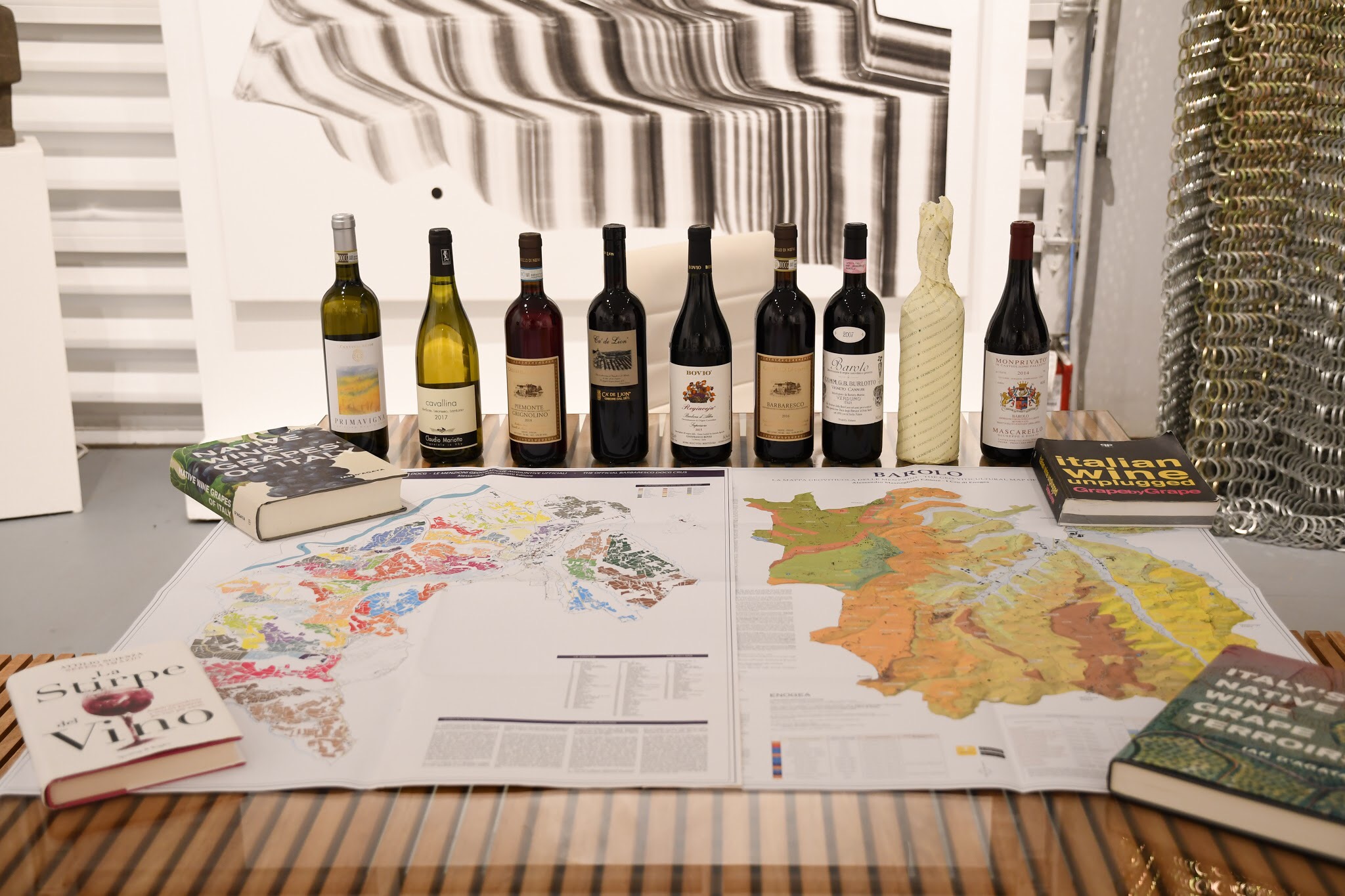
Miami, FL…October 3, 2019…The Italian Wine School based in Miami, Florida is pleased to announce that it will offer the first course certified by Vinitaly International Academy (VIA): Maestro Italian Wine Course…

It’s Foodie Friday and unlike last week, I’ve eased back into routine ready to tackle deadlines and a long ‘To Do’ list. Although the memory is far from my taste buds, through…
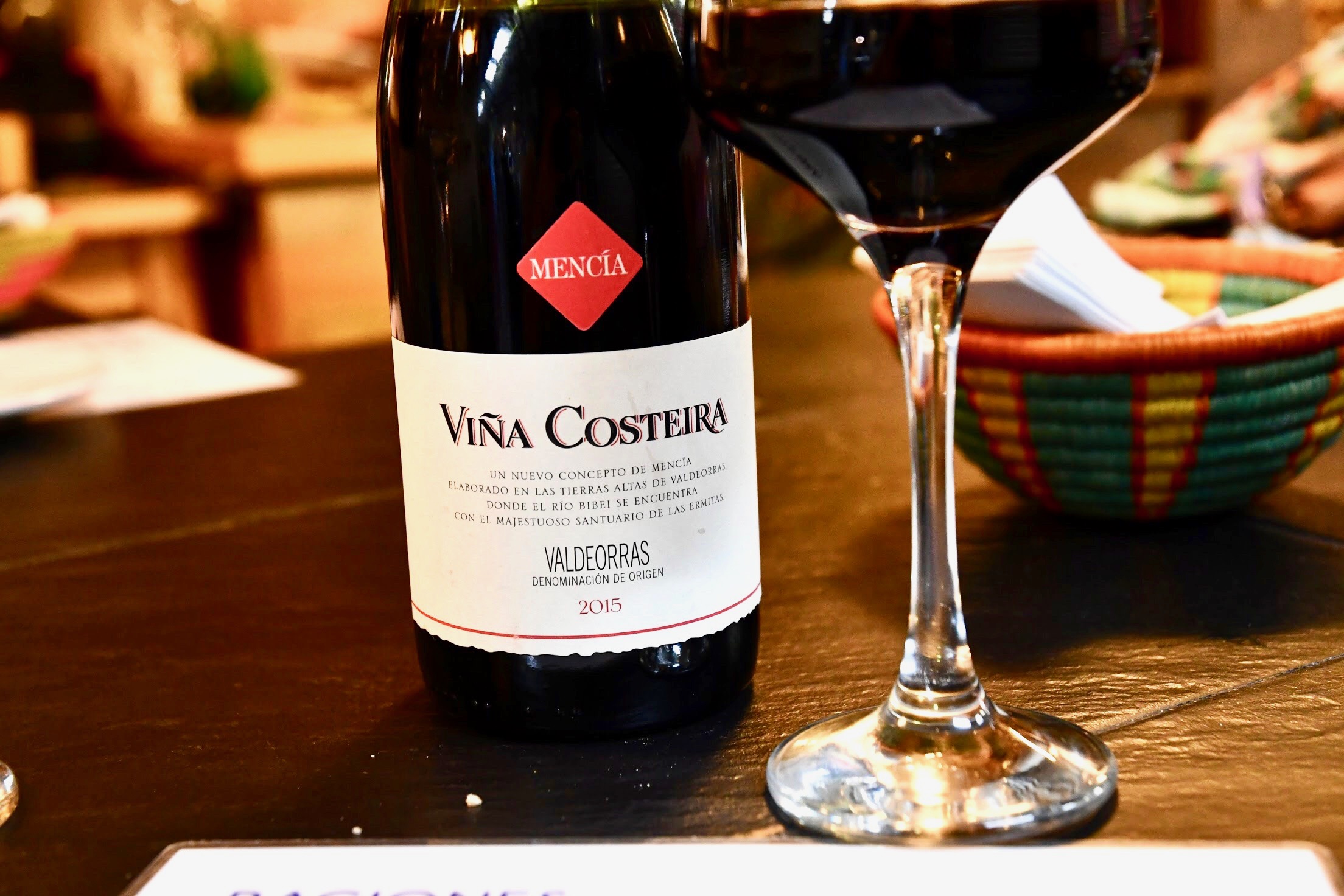
It’s #FoodieFriday and what better way to recover from the post-vacay blues than to indulge in a tasty flashback? I intentionally planned a late morning arrival time in Madrid, so I could…
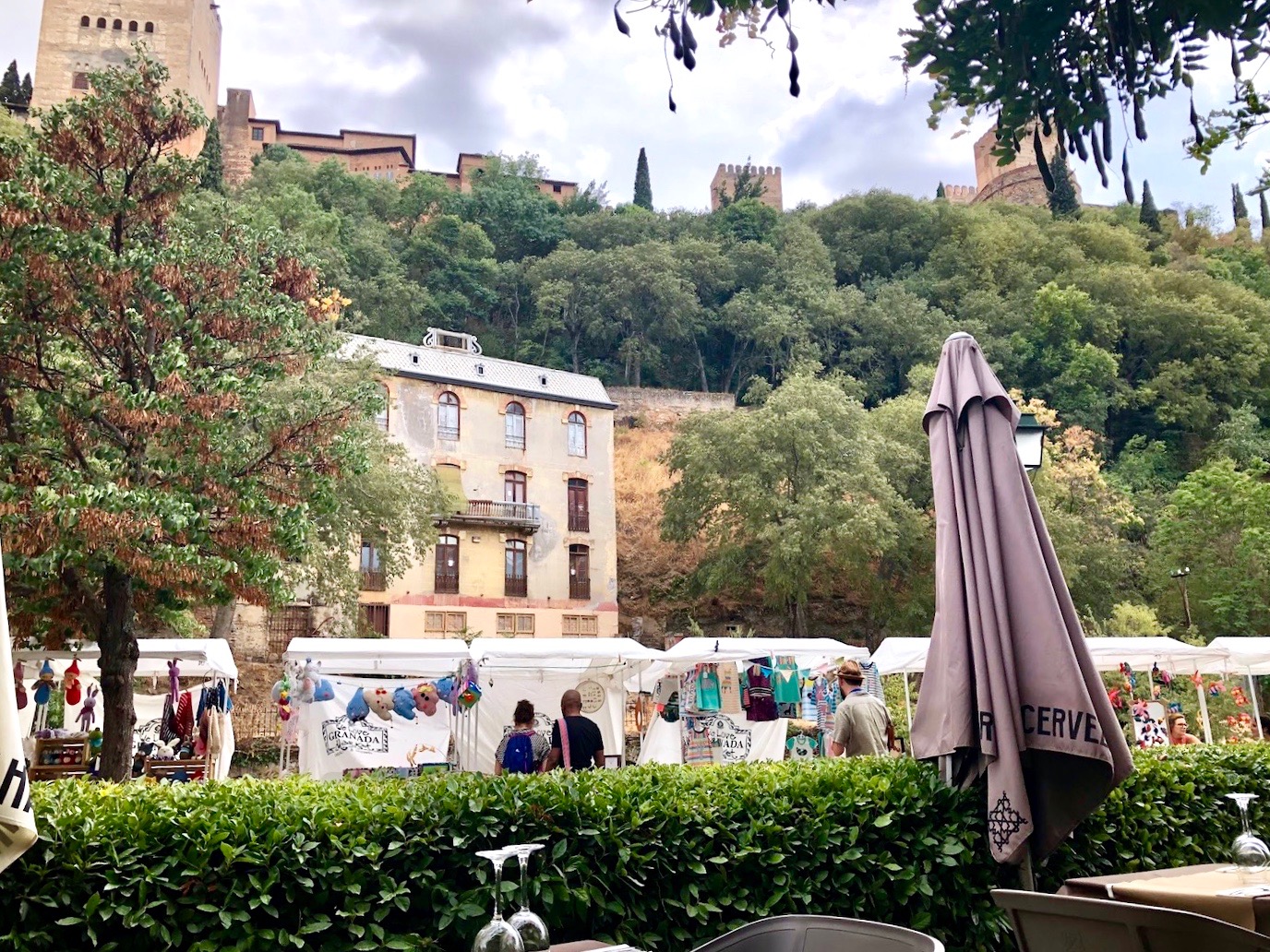
I’m back from Spain and what better way to celebrate Wine Wednesday than with an authentic Spanish food and wine pairing? Unlike Madrid, it was a challenge to find a good selection…